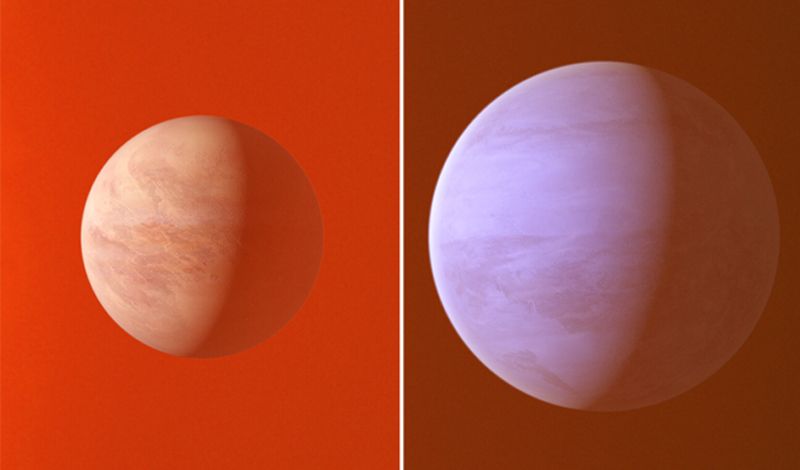This article contains a useful map. See the link in the article.
IPCC’s new interactive atlas reveals how climate change will shape weather around the world.

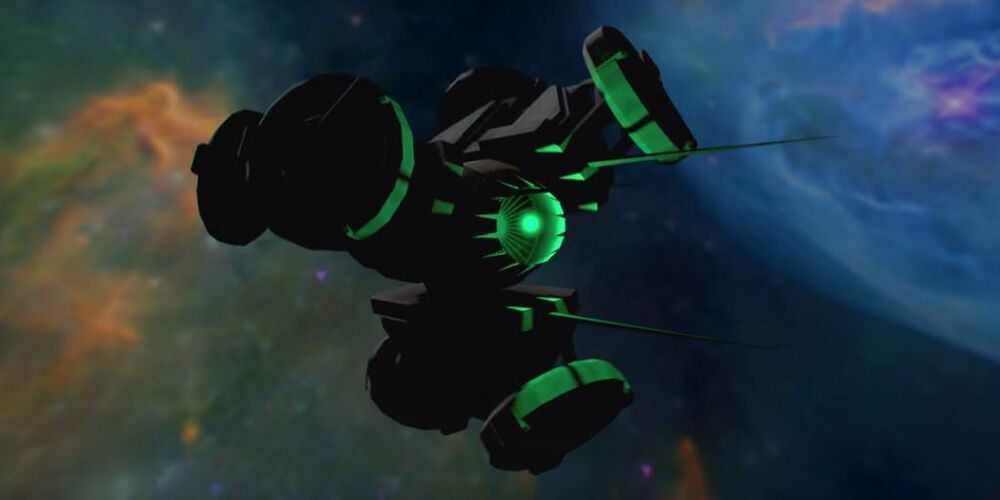
Circa 2016
Scientists and engineers since the 1940s have been toying with the idea of building self-replicating machines, or von Neumann machines, named for John von Neumann. With recent advances in 3D printing (including in zero gravity) and machine learning AI, it seems like self-replicating machines are much more feasible today. In the 21st century, a tantalizing possibility for this technology has emerged: sending a space probe out to a different star system, having it mine resources to make a copy of itself, and then launching that one to yet another star system, and on and on and on.
As a wild new episode of PBS’s YouTube series Space Time suggests, if we could send a von Neumann probe to another star system—likely Alpha Centauri, the closest to us at about 4.4 light years away—then that autonomous spaceship could land on a rocky planet, asteroid, or moon and start building a factory. (Of course, it’d probably need a nuclear fusion drive, something we still need to develop.)
That factory of autonomous machines could then construct solar panels, strip mine the world for resources, extract fuels from planetary atmospheres, build smaller probes to explore the system, and eventually build a copy of the entire von Neumann spacecraft to send off to a new star system and repeat the process. It has even been suggested that such self-replicating machines could build a Dyson sphere to harness energy from a star or terraform a planet for the eventual arrival of humans.

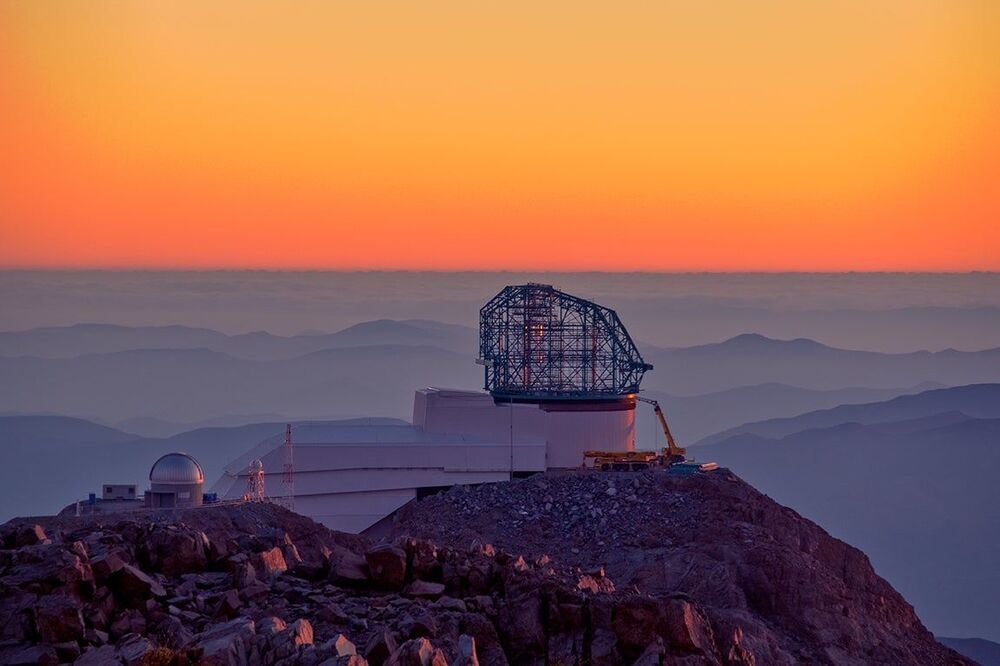
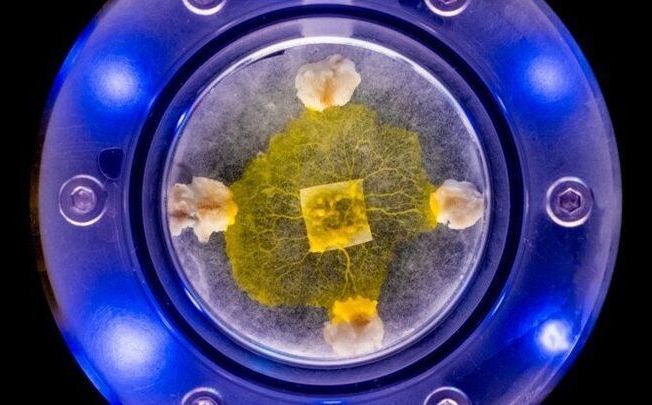
Astronauts aboard the International Space Station are set to welcome a most unusual guest, as “the Blob” blasts off into orbit on Tuesday.
An alien on its own planet, the Blob is an unclassifiable organism – neither fish nor fowl. Nor is it plant, animal, or fungus.
As such, Physarum polycephalum – a type of slime mold – has long fascinated scientists and will now be part of a unique experiment carried out simultaneously by astronauts hundreds of kilometers above the Earth and by hundreds of thousands of French school students.
Development of the aircraft isn’t focused solely around military use; Hermeus is intent on bringing innovation to commercial flight, too. “While this partnership with the US Air Force underscores US Department of Defense interest in hypersonic aircraft, when paired with Hermeus’ partnership with NASA announced in February 2,021 it is clear that there are both commercial and defense applications for what we’re building,” said Hermeus CEO and co-founder AJ Piplica.
Hermeus’ Quarterhorse is a hypersonic aircraft that can fly at Mach 5 speeds, or 3,000 mph—fast enough to go from the US to Europe in 90 minutes.

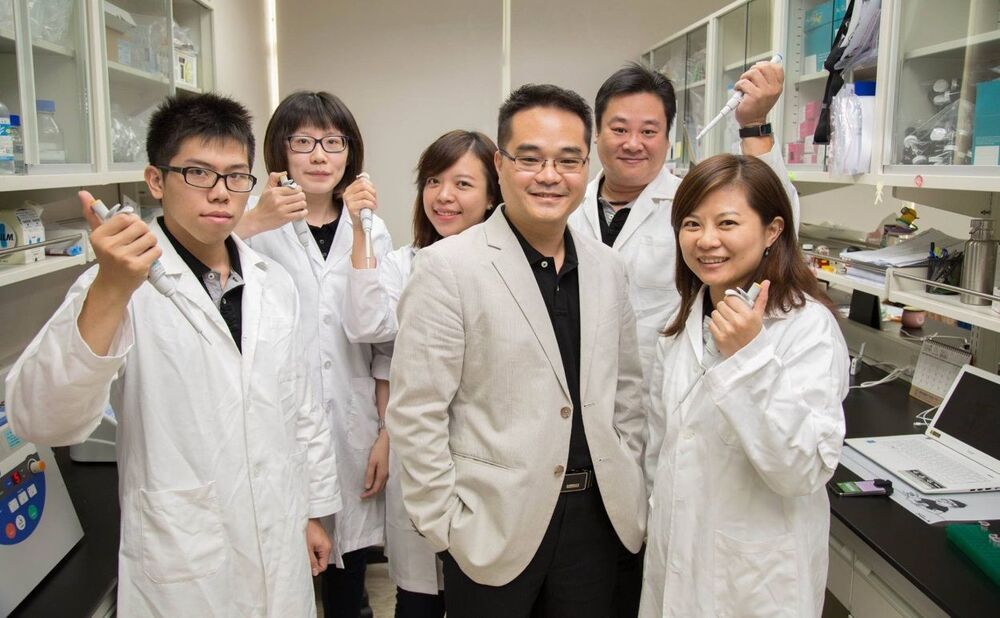
Circa 2019
An add-on device for smartphones could replace blood glucose meters for measuring blood sugar. Blood sugar measurements are essential for diabetes patients who need to know their blood glucose concentration in order to regulate it with insulin. Failure to do so might result in complications from the disease. The device, designed by researchers in Taiwan, achieved 100% accuracy in a test with 20 blood samples from diabetes patients (J. Biomed. Opt. 10.1117/1.JBO.24.2.027002).
The researchers designed a compact device containing no electrical components that can be used in combination with a smartphone. The light from the smartphone’s display reflects onto the blood glucose test site (BGTS) inside the device, which contains a colorimetric test strip. The user adds a blood drop to the test strip, which is then assessed for a colour change using the phone’s front camera.
In this study, the blood drop was obtained from a vein, but the device is designed to work on drops extracted from the patient’s finger using a disposable lance that is then inserted into the device. The observed colour is split into its red, green and blue components. The researchers used the green component as an indicator of blood glucose concentration, as it could reliably distinguish the widest concentration range out of the three components.
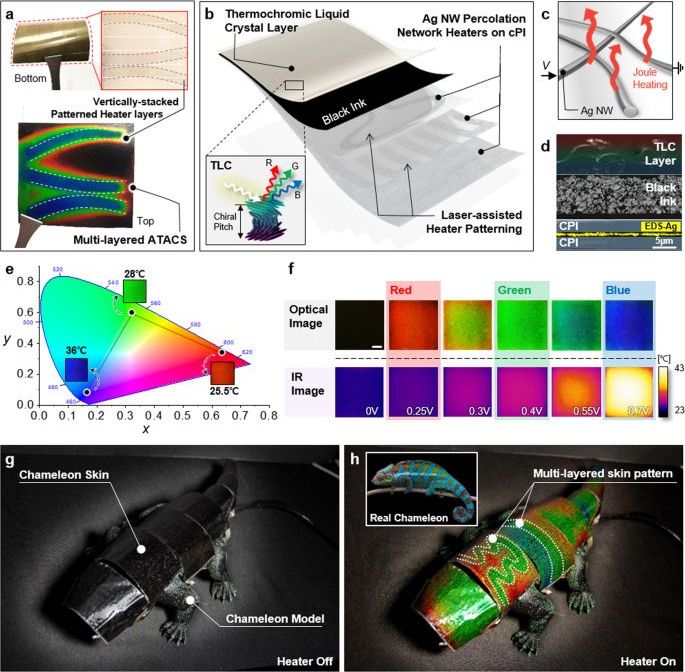
Artificial camouflage is the functional mimicry of the natural camouflage that can be observed in a wide range of species1,2,3. Especially, since the 1800s, there were a lot of interesting studies on camouflage technology for military purposes which increases survivability and identification of an anonymous object as belonging to a specific military force4,5. Along with previous studies on camouflage technology and natural camouflage, artificial camouflage is becoming an important subject for recently evolving technologies such as advanced soft robotics1,6,7,8 electronic skin in particular9,10,11,12. Background matching and disruptive coloration are generally claimed to be the underlying principles of camouflage covering many detailed subprinciples13, and these necessitate not only simple coloration but also a selective expression of various disruptive patterns according to the background. While the active camouflage found in nature mostly relies on the mechanical action of the muscle cells14,15,16, artificial camouflage is free from matching the actual anatomies of the color-changing animals and therefore incorporates much more diverse strategies17,18,19,20,21,22, but the dominant technology for the practical artificial camouflage at visible regime (400–700 nm wavelength), especially RGB domain, is not fully established so far. Since the most familiar and direct camouflage strategy is to exhibit a similar color to the background23,24,25, a prerequisite of an artificial camouflage at a unit device level is to convey a wide range of the visible spectrum that can be controlled and changed as occasion demands26,27,28. At the same time, the corresponding unit should be flexible and mechanically robust, especially for wearable purposes, to easily cover the target body as attachable patches without interrupting the internal structures, while being compatible with the ambient conditions and the associated movements of the wearer29,30.
System integration of the unit device into a complete artificial camouflage device, on the other hand, brings several additional issues to consider apart from the preceding requirements. Firstly, the complexity of the unit device is anticipated to be increased as the sensor and the control circuit, which are required for the autonomous retrieval and implementation of the adjacent color, are integrated into a multiplexed configuration. Simultaneously, for nontrivial body size, the concealment will be no longer effective with a single unit unless the background consists of a monotone. As a simple solution to this problem, unit devices are often laterally pixelated12,18 to achieve spatial variation in the coloration. Since its resolution is determined by the numbers of the pixelated units and their sizes, the conception of a high-resolution artificial camouflage device that incorporates densely packed arrays of individually addressable multiplexed units leads to an explosive increase in the system complexity. While on the other hand, solely from the perspective of camouflage performance, the delivery of high spatial frequency information is important for more natural concealment by articulating the texture and the patterns of the surface to mimic the microhabitats of the living environments31,32. As a result, the development of autonomous and adaptive artificial camouflage at a complete device level with natural camouflage characteristics becomes an exceptionally challenging task.
Our strategy is to combine thermochromic liquid crystal (TLC) ink with the vertically stacked multilayer silver (Ag) nanowire (NW) heaters to tackle the obstacles raised from the earlier concept and develop more practical, scalable, and high-performance artificial camouflage at a complete device level. The tunable coloration of TLC, whose reflective spectrum can be controlled over a wide range of the visible spectrum within the narrow range of temperature33,34, has been acknowledged as a potential candidate for artificial camouflage applications before21,34, but its usage has been more focused on temperature measurement35,36,37,38 owing to its high sensitivity to the temperature change. The susceptible response towards temperature is indeed an unfavorable feature for the thermal stability against changes in the external environment, but also enables compact input range and low power consumption during the operation once the temperature is accurately controlled.
